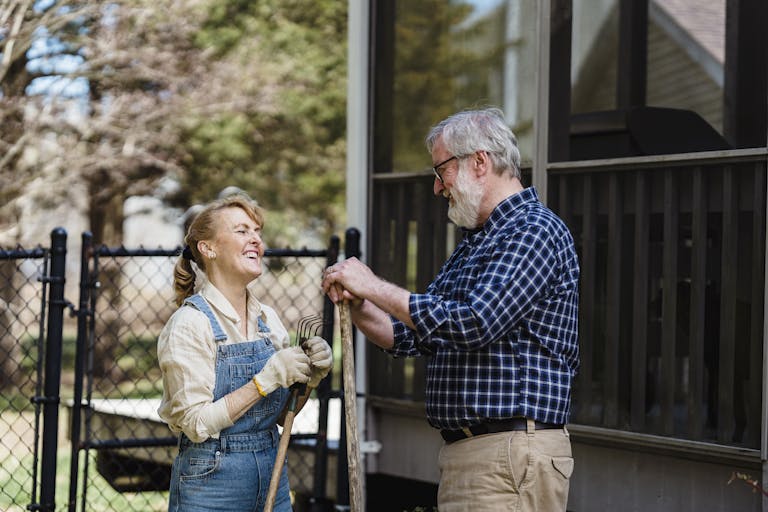As the days grow shorter and the temperatures drop, preparing your home for winter becomes more than just a seasonal task—it’s an important step in staying safe, warm, and comfortable. As you get older, winter readiness takes on added importance, since cold weather can increase risks like slips, falls, and higher heating bills. With a few proactive steps, you can create a safer, cozier environment and enjoy peace of mind all season long.
1. Keep Warm and Safe Indoors
- Check your heating system: Schedule a professional service for your furnace or boiler. A yearly inspection ensures it’s running efficiently and safely.
- Seal drafts: Use weatherstripping around doors and windows, or place draft stoppers at the base of doors to keep heat in.
- Prepare blankets and layers: Keep warm blankets near your favorite chair and bed. Dressing in layers indoors helps maintain body heat without cranking the thermostat too high.
- Install a programmable thermostat: This can automatically adjust the temperature, keeping you warm while saving energy.
2. Prevent Slips and Falls
- Clear walkways: Arrange for a snow removal service or ask a neighbor for help to keep driveways and sidewalks clear.
- Use non-slip mats: Place these near entryways where melted snow or water could collect.
- Check stair railings: Make sure handrails are sturdy both inside and outside your home.
3. Be Ready for Emergencies
- Stock up on essentials: Keep a supply of canned goods, bottled water, and medications in case of severe weather.
- Assemble an emergency kit: Include a flashlight, batteries, first-aid items, and a battery-powered radio.
- Plan for power outages: If possible, have a backup power source or know where you can go if you lose heat for an extended period.
4. Care for Your Health
- Schedule check-ups: Cold weather can worsen certain health conditions, so make sure you’re up to date with doctor visits and flu or pneumonia vaccines.
- Stay active indoors: Light stretching or walking in place helps keep circulation going and boosts energy.
- Stay hydrated: It’s easy to forget to drink water in colder months, but hydration helps regulate body temperature and joint health.
5. Get Support When Needed
Don’t hesitate to ask for help—whether it’s for shoveling snow, changing light bulbs, or checking on your home. Community resources, neighbors, and family members are often glad to lend a hand.
Final Thoughts
Preparing your house for winter doesn’t have to feel overwhelming. With a little planning, you can create a safe, warm, and welcoming space. The season can then be enjoyed with hot tea, good books, and the comfort of knowing your home is ready for whatever winter brings.

